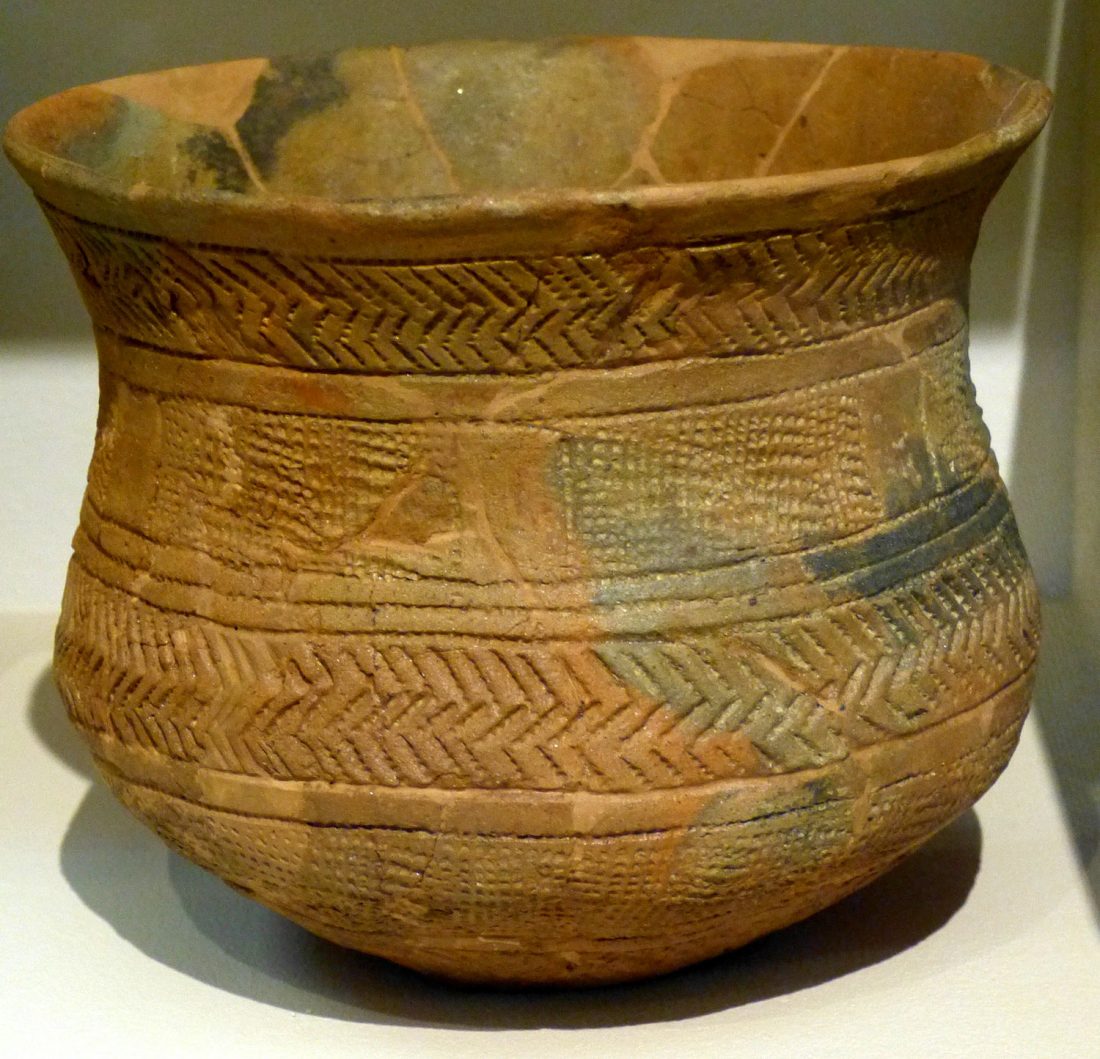Indo-European demic diffusion model, 2nd edition, revised and updated
It has been three months since I published the first paper on the Indo-European demic diffusion model.
In the meantime, important pre-print papers with samples of Bell Beaker and South-Eastern European cultures compel me to add new data in support of the model. I have taken this opportunity to revise the whole text in a new paper, Indo-European demic diffusion model, 2nd edition, and also some of the maps of Indo-European migrations, which are now hosted in this blog.
- https://www.academia.edu/33256216/Indo-European_demic_diffusion_model_2nd_edition_revised_and_updated
- https://www.researchgate.net/publication/317232287_Indo-European_demic_diffusion_model_2nd_edition_revised_and_updated
I have made changes to some of the old blogs I had, like this one, … Read the rest “Indo-European demic diffusion model, 2nd edition, revised and updated”

